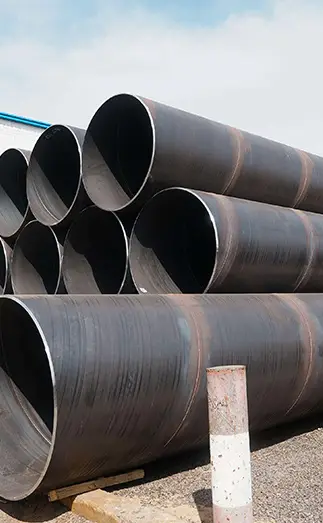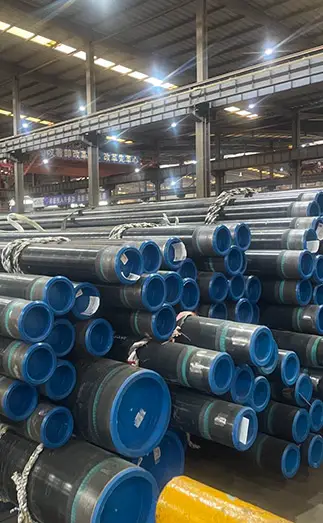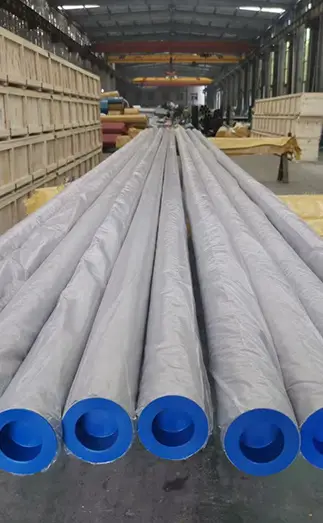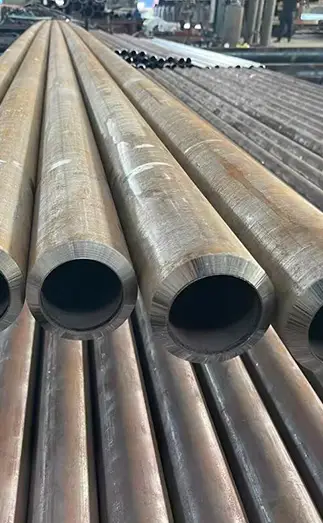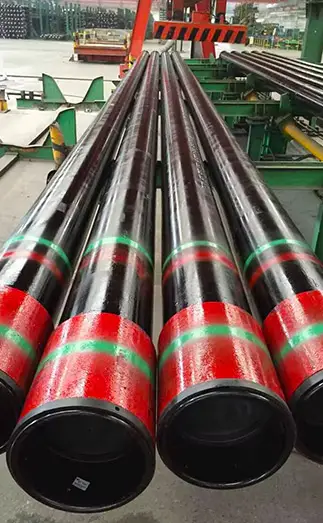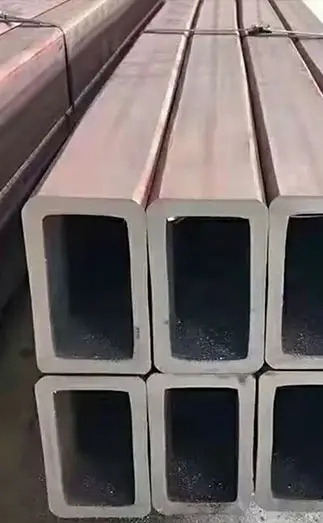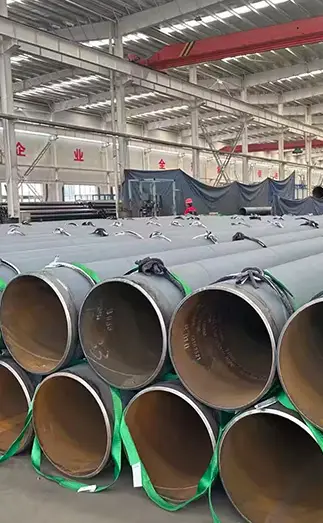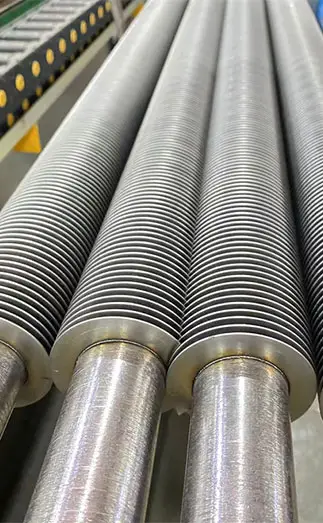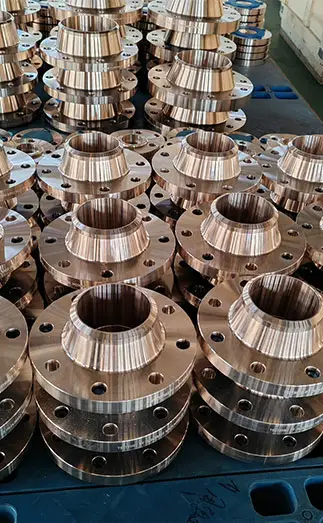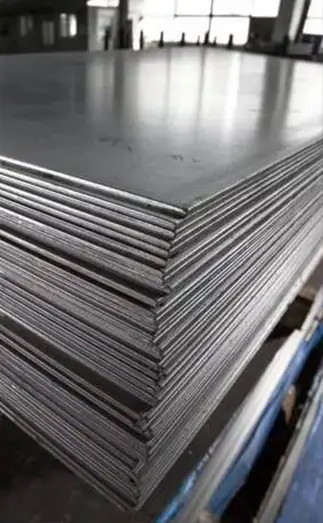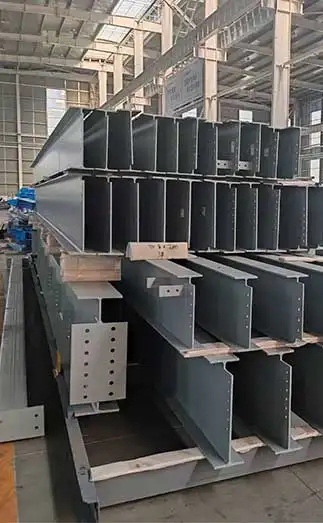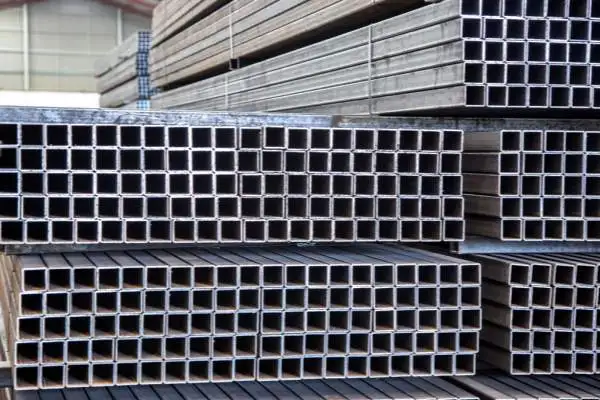When it comes to deep processing techniques like bending, stamping, or stretching, ensuring the structural integrity of 316L stainless steel pipes is critical. A key factor influencing the success of these operations lies in the material’s mechanical properties, which directly impact processing outcomes and finished product performance.
So, what exactly are the mechanical properties of 316L stainless steel pipes, and why do they matter so much in demanding applications?
Super Steel Manufacturing Co.,Ltd is professional stainless steel pipes manufacturer, for more details, please contact:sales@super-steels.com
What Are Mechanical Properties?
Mechanical properties refer to how a material behaves under various external forces such as tension, compression, bending, torsion, and impact—especially across different environmental conditions like temperature, humidity, and exposure to chemical media. For 316L stainless steel pipes, these properties define the pipe’s suitability for high-performance environments.
1. Tensile Strength – Resistance to Fracture Under Load
Tensile strength measures a material’s ability to withstand pulling forces without breaking. The tensile strength of 316L stainless steel pipe is ≥480 MPa, meaning it maintains its structural integrity even under significant tension.
In real-world applications, such as load-bearing elements in building structures, 316L stainless steel pipes offer dependable support during events like strong winds or seismic activity. Their high tensile strength ensures that even under extreme conditions, the structure remains intact and secure.
2. Yield Strength – The Threshold of Structural Deformation
Yield strength indicates the stress level at which a material begins to deform permanently. With a yield strength of ≥177 MPa, 316L stainless steel pipe can endure considerable internal and external pressures without losing its shape or structural function.
In architectural and industrial engineering, this means that pipes made from 316L stainless steel can support both static loads (like the weight of the building itself) and dynamic loads (such as vibrations or impact) without warping or collapsing—making it a robust and reliable choice for long-term performance.
3. Elongation – Flexibility and Plasticity
Elongation measures how much a material can stretch before it breaks, reflecting its ductility. For 316L stainless steel pipe, elongation is typically ≥40%, indicating excellent plasticity.
This characteristic is especially beneficial in fabrication. Whether you're drawing, bending, or forming the pipe into complex shapes, its high elongation allows for smooth and reliable reshaping without cracking—an essential property in industries that require intricate pipe configurations.
4. Hardness – Surface Strength and Wear Resistance
Hardness represents a material’s resistance to surface indentation and wear. For 316L stainless steel pipes, hardness is usually expressed through three main testing methods:
Brinell Hardness (HB): ≤187
Measured using a hardened steel ball pressed into the surface; this test evaluates general resistance to deformation.
Rockwell Hardness (HRB): ≤90
Assessed by depth of indentation under a 100kg load with a steel ball—used for softer materials like stainless steel.
Vickers Hardness (HV): ≤200
A more precise measure using a diamond pyramid-shaped indenter, offering detailed insights into localized material hardness.
These hardness values ensure the pipe can resist surface damage during handling, installation, and operation, making it ideal for high-wear environments.
Conclusion: Interconnected Properties, Superior Performance
The mechanical properties of 316L stainless steel pipes—tensile strength, yield strength, elongation, and hardness—work in tandem to deliver exceptional overall performance. Their synergy makes 316L stainless steel an ideal choice for industries such as chemical processing, food production, medical equipment, and construction, where materials are expected to perform reliably under complex and often harsh conditions.
Practical Guidance for Application
To maximize the benefits of 316L stainless steel pipes, it’s essential to match their mechanical characteristics with the specific demands of your application. Consider:
Stress conditions: Will the pipe experience high tension, compression, or impact?
Environmental exposure: Are there corrosive agents, extreme temperatures, or high humidity?
Processing requirements: Will the pipe be bent, drawn, or welded?
By selecting the right specifications and understanding how these mechanical properties contribute to performance, you can ensure safe, efficient, and long-lasting use of 316L stainless steel pipes across diverse engineering projects.



 English
English Español
Español Français
Français بالعربية
بالعربية